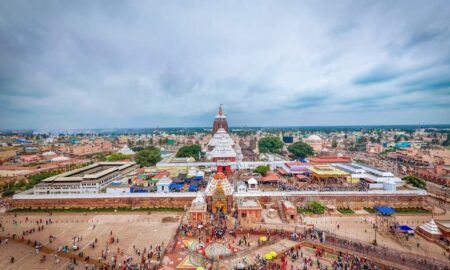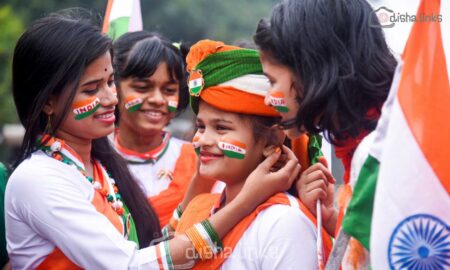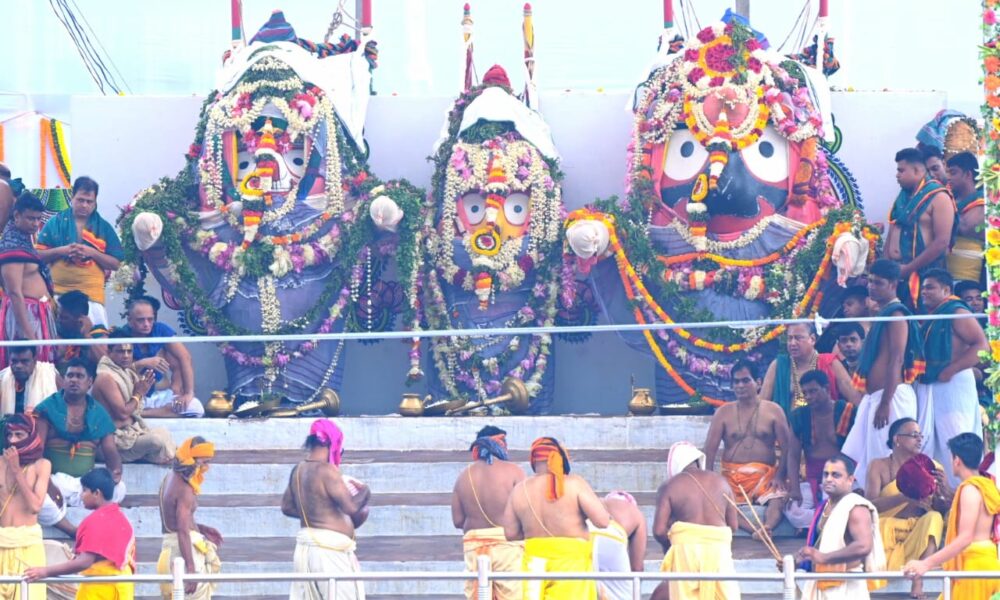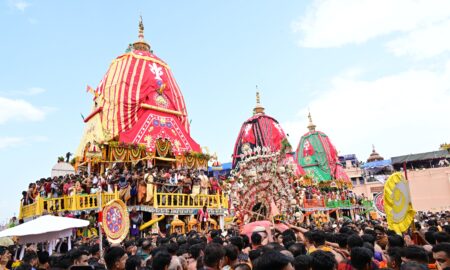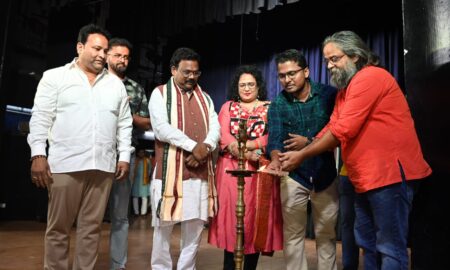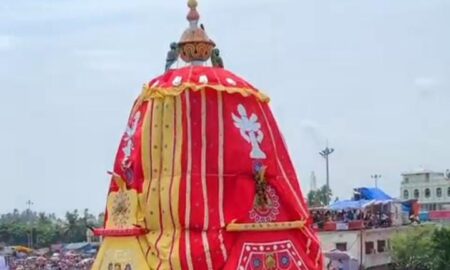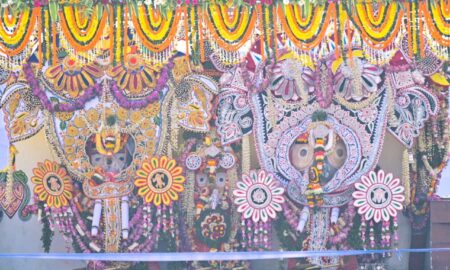More in Photo Feature
-
Day 2 of Puri’s Rath Yatra: Devotees Flock for Celebrations
Share the newsPuri, Odisha – The second day of the grand Rath Yatra in Puri saw a massive turnout as thousands...
July 8, 2024 -
Odishalinks turns 7, celebrates with drama ‘Kalijuge Jagannath’ and Odishalinks Spotlight Awards
Share the newsBhubaneswar, July 4: Odishalinks, the leading digital channel of Odisha, turned 7 recently. and celebrated its seventh anniversary at...
July 4, 2024 -
Rath Yatra 2024: A Journey of Devotion and Unity
Share the newsPuri, Odisha – June 2024: The vibrant city of Puri, Odisha, is set to host the annual Rath Yatra,...
June 26, 2024 -
Embrace a Healthy Lifestyle This Rainy Season: Tips for Wellness
Share the newsAs the rainy season sets in, maintaining a healthy lifestyle becomes crucial to ward off common ailments and keep...
June 26, 2024 -
Headline: Rath Yatra 2024 Schedule Finalized: Puri Jagannath Temple Prepares for Annual Festivities
Share the news The Shree Jagannath Temple Chhattisa Nijog, in a recent meeting held at Niladri Bhakta Niwas, has confirmed the...
June 25, 2024 -
Lord Jagannath and Siblings Enter Anasara Ghara: Embracing Rituals of Renewal
Share the newsPURI, Odisha – In a deeply revered annual tradition, Lord Jagannath and his siblings, Balabhadra and Subhadra, have entered...
June 25, 2024 -
Gajanana Besa of Lord Jagannath on Snana Purnima: A Divine Symbol of Transformation and Renewal
Share the newsThe Gajanana Besa, or the Elephant Head Attire, of Lord Jagannath is a significant ritual observed during the Snana...
June 22, 2024 -
The Divine Bath: Lord Jagannath and His Devotees Celebrate Snana Purnima
Share the newsIn the sacred city of Puri, Odisha, the grand festival of Snana Purnima marks an auspicious occasion in the...
June 22, 2024 -
Capital City Wrapped In Patriotic Fever
Share the newsA day before the celebrations begun for the 73rd Independence Day, the capital city of Bhubaneswar saw itself colored...
January 25, 2022






